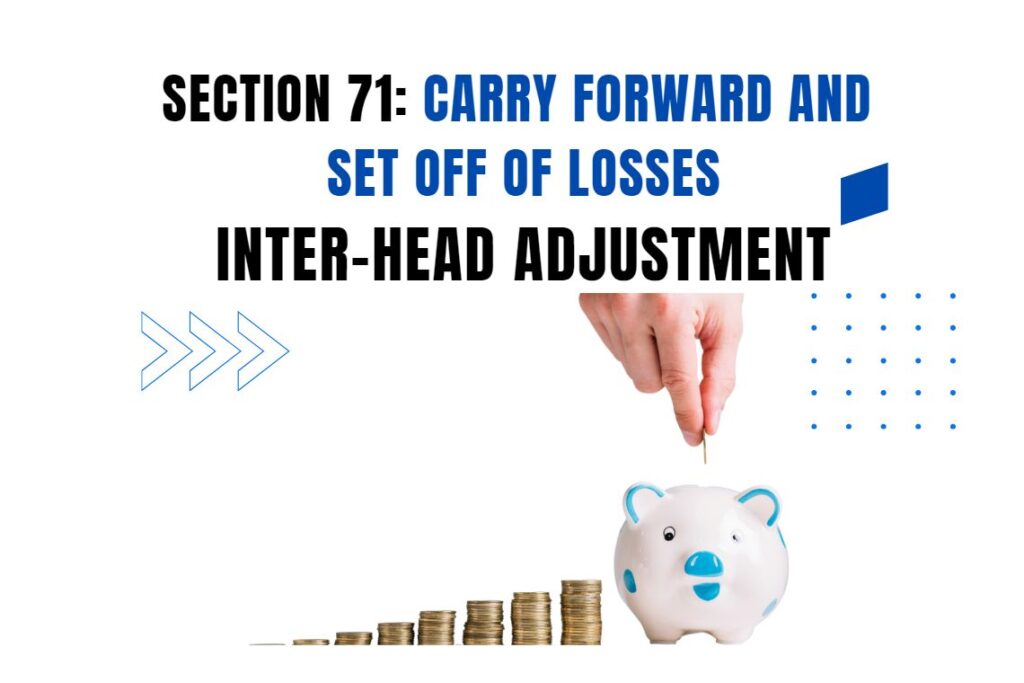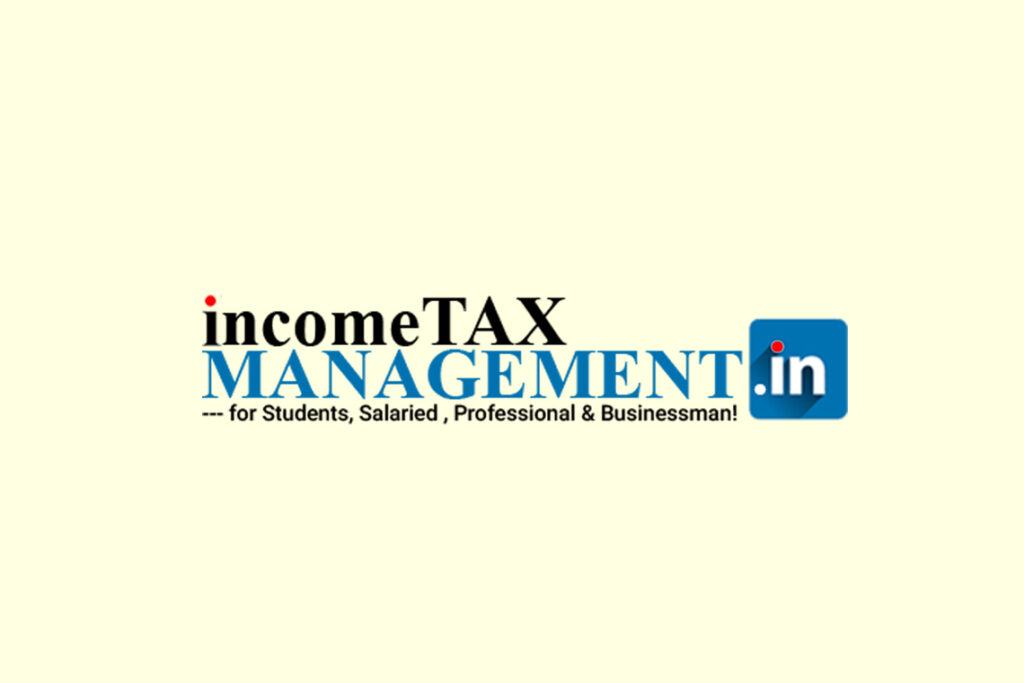Section 70 of the Income Tax Act, 1961, allows taxpayers to adjust losses from one source against income from another source under the same head of income in the same financial year. This is known as intra-head adjustment or inter-source adjustment.
Key Features of Section 70
- Applies to losses under the same head of income(e.g., business losses adjusted against business profits, house property losses adjusted against house property income).
- Does not allow setting off losses from one head against income from another head(for inter-head adjustment, see Section 71).
- Exceptions existwhere intra-head adjustment is not allowed (e.g., speculative business losses, capital losses, etc.).
How Section 70 Works?
1. Business & Profession (Non-Speculative)
- Loss from one businesscan be set off against profits from another business under the same head.
- Example:
- Profit from Business A: ₹5,00,000
- Loss from Business B: ₹2,00,000
- Net taxable business income: ₹5,00,000 – ₹2,00,000 = ₹3,00,000
2. House Property
- Loss from one house propertycan be set off against income from another house property.
- Example:
- Rental income from House 1: ₹3,00,000
- Loss from House 2 (due to home loan interest): ₹4,00,000
- Net house property loss: ₹3,00,000 – ₹4,00,000 = ₹1,00,000 (can be set off under Section 71 against other heads, if applicable).
3. Capital Gains
- Short-Term Capital Loss (STCL)can be set off against Short-Term Capital Gains (STCG) or Long-Term Capital Gains (LTCG).
- Long-Term Capital Loss (LTCL)can only be set off against LTCG (not STCG).
- Example:
- STCG from shares: ₹2,00,000
- STCL from mutual funds: ₹1,50,000
- Net STCG taxable: ₹2,00,000 – ₹1,50,000 = ₹50,000
Exceptions Where Section 70 Does NOT Apply
- Speculative Business Loss (Section 73)
- Can onlybe set off against speculative business profits (not other business income).
- Loss from Owning/Maintaining Race Horses (Section 74A)
- Can onlybe set off against income from race horses.
- Loss from Exempt Income Sources
- Loss from agriculture or tax-free bonds cannotbe set off against taxable income.
- Salary Income
- No losses can be declared under “Salary” head.
Carry Forward of Unadjusted Losses
- If losses cannot be fully set offunder Section 70, they can be carried forward (subject to conditions under Sections 72-80).
- Example:
- Business loss of ₹5,00,000, but only ₹3,00,000 profit available under the same head.
- ₹2,00,000 can be carried forwardto next years (subject to Section 72 rules).
Practical Example
Scenario:
- Business Income:
- Profit from Textile Business: ₹4,00,000
- Loss from Electronics Business: ₹2,50,000
- House Property Income:
- Rental Income: ₹3,00,000
- Loss from Second House: ₹4,00,000
Computation:
- Intra-head adjustment (Section 70):
- Business:₹4,00,000 – ₹2,50,000 = ₹1,50,000 (net business income).
- House Property:₹3,00,000 – ₹4,00,000 = ₹1,00,000 loss (can be adjusted under Section 71 against other heads, if eligible).
- Taxable Income:₹1,50,000 (Business) – ₹1,00,000 (House Property Loss) = ₹50,000 (if inter-head adjustment is allowed).
Key Points :
✅ Intra-head adjustment allows setting off losses within the same income head.
❌ Cannot set off losses from one head against another head (e.g., business loss against salary).
⚠️ Exceptions apply (speculative losses, capital losses, etc.).
📅 Unadjusted losses can be carried forward if not fully set off in the same year.
This provision helps taxpayers reduce taxable income by adjusting losses against profits under the same category, ensuring efficient tax planning.






